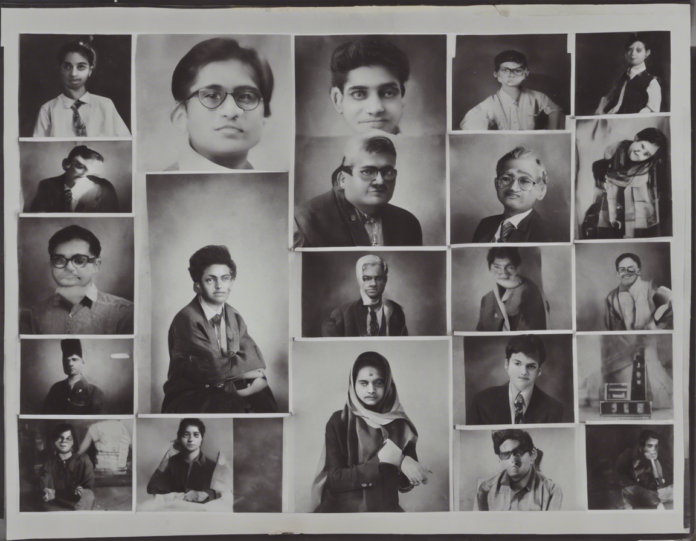As a Class 11 student beginning your journey into the world of photography, you are entering a realm of endless creativity and expression. Photography is not merely about capturing images; it is about telling stories, conveying emotions, and exploring the beauty of the world through your lens. In this comprehensive guide, we will delve into the fundamentals of photography, covering key concepts, techniques, and tips to help you kickstart your photographic journey.
Understanding the Basics of Photography
1. The Camera
- The camera is your primary tool in photography. Understand its different parts—lens, body, controls, etc.
- Get familiar with basic camera types: DSLR, mirrorless, compact, and smartphone cameras.
- Learn how to hold your camera steady to avoid blurry shots.
2. Exposure Triangle
- Mastering the exposure triangle—aperture, shutter speed, and ISO—is crucial for achieving well-exposed photos.
- Aperture: Controls the amount of light entering the lens. A lower f-stop means a wider aperture and vice versa.
- Shutter Speed: Determines how long the shutter remains open. Faster shutter speeds freeze motion, while slower speeds create motion blur.
- ISO: Adjusts the camera’s sensitivity to light. Higher ISO values are used in low-light conditions but may introduce noise.
3. Composition
- Composition is the arrangement of elements within a photograph. Explore rules like the rule of thirds, leading lines, and framing.
- Experiment with different perspectives and angles to add interest to your photos.
- Pay attention to the background and ensure it complements your subject rather than distracts from it.
4. Lighting
- Natural Light: Utilize natural light for soft and flattering illumination. Pay attention to the direction and quality of light.
- Artificial Light: Experiment with artificial lighting sources like studio lights or speedlights to control light intensity and direction.
5. Focus and Depth of Field
- Focus: Ensure your subject is in focus by using autofocus or manual focus.
- Depth of Field: Understand how aperture affects depth of field. A wide aperture (e.g., f/2.8) creates a shallow depth of field, blurring the background.
Advanced Techniques in Photography
1. Shooting in Manual Mode
- Switch to manual mode to have full control over your camera settings.
- Practice adjusting aperture, shutter speed, and ISO to achieve the desired exposure.
2. White Balance
- White balance ensures accurate color reproduction in different lighting conditions.
- Experiment with different white balance presets or set a custom white balance for more accurate colors.
3. Histogram
- Use the histogram to check the distribution of tones in your image.
- Aim for a well-balanced histogram to avoid underexposed or overexposed areas.
4. Filters
- Explore the use of filters like polarizers, ND filters, and color filters to enhance your photos.
- Filters can reduce reflections, control exposure, and add creative effects to your images.
5. Post-Processing
- Use editing software like Adobe Lightroom or Photoshop to enhance your photos further.
- Adjust exposure, contrast, color balance, and sharpness to fine-tune your images.
Frequently Asked Questions (FAQs)
1. What type of camera should I start with as a beginner?
- As a beginner, starting with a DSLR or a mirrorless camera with manual controls is ideal to learn the basics of photography.
2. How can I improve my composition skills?
- Practice framing your shots using techniques like the rule of thirds, symmetry, leading lines, and framing to enhance your composition skills.
3. What settings should I use for portrait photography?
- For portraits, use a wide aperture (e.g., f/2.8) to achieve a shallow depth of field and blur the background, focusing on the subject.
4. How do I avoid blurry photos?
- To avoid blurry photos, use a tripod or stabilize your camera by holding it steady. Additionally, ensure you are using a fast enough shutter speed for the situation.
5. What is the importance of post-processing in photography?
- Post-processing allows you to enhance and optimize your photos by adjusting various elements like exposure, color, and sharpness for a more polished final image.
Embark on your photography journey with curiosity, patience, and a willingness to learn. Practice regularly, experiment with different techniques, and most importantly, let your creativity guide you. Enjoy the process of capturing moments and creating visual stories that reflect your unique perspective. With dedication and passion, photography can become a fulfilling and rewarding endeavor, allowing you to see the world in a new light through your lens.

